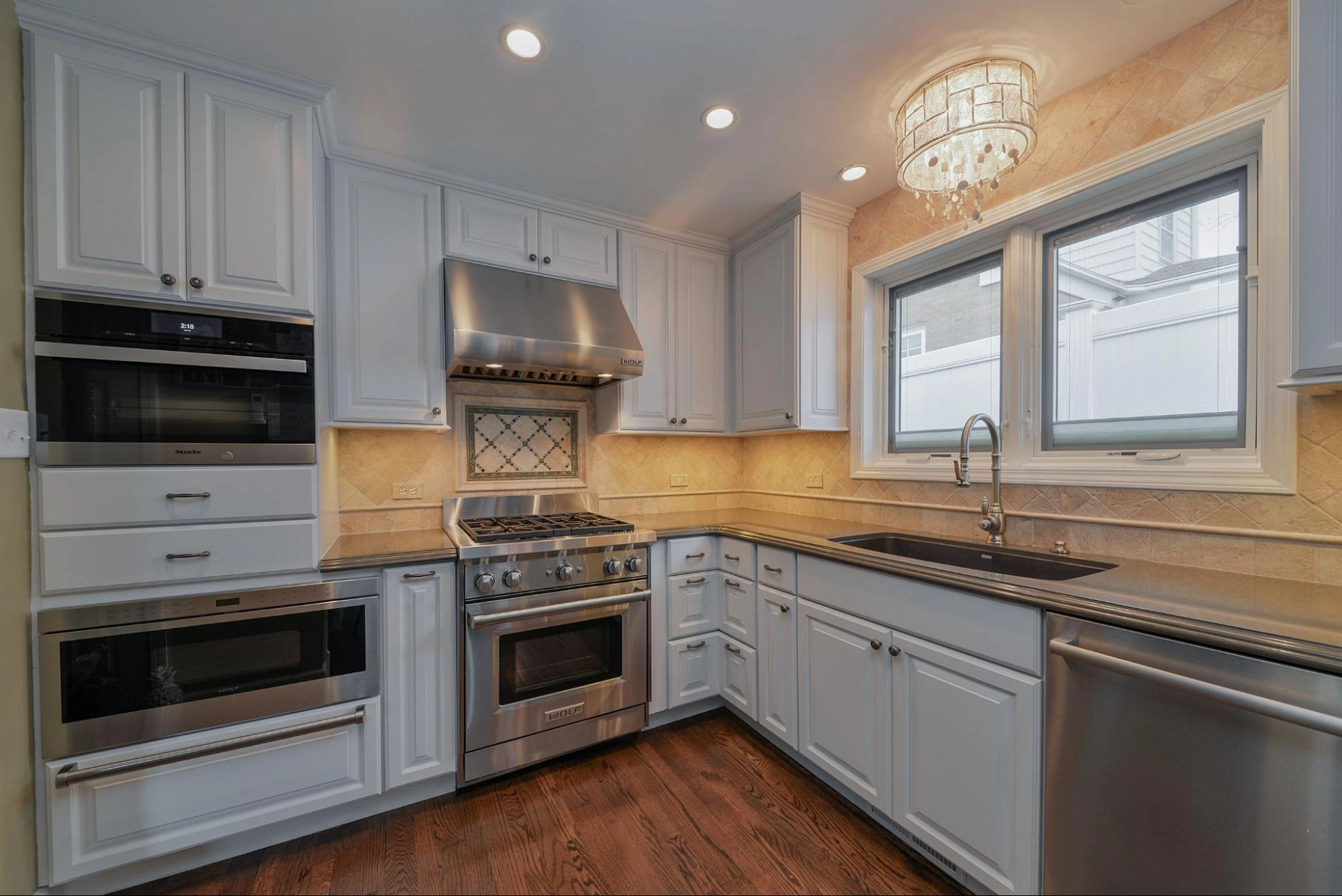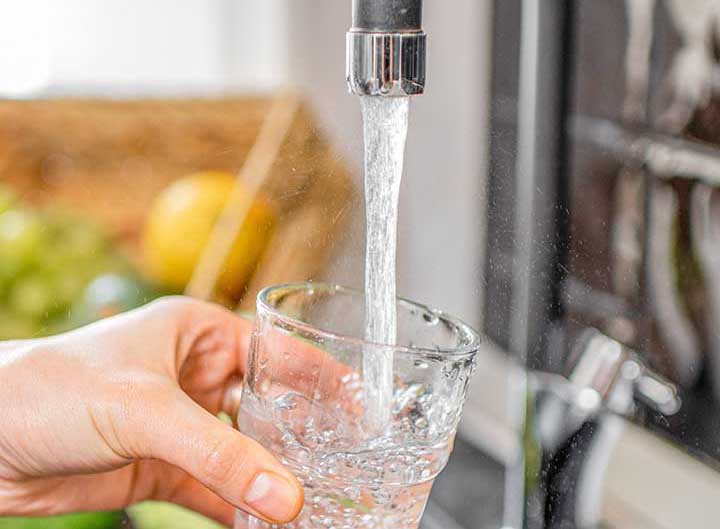As winter encroaches, homeowners are concerned with preparing their houses for the colder months. Winterizing the kitchen pipes is an important step that not many people know. Frozen pipes can cause substantial damage and pricey repairs. This detailed article will examine simple, effective ways to winterize your kitchen pipes, emphasizing line-tracing heating cables.
Understanding the Risks
Before we get into the strategies, let’s take a quick look at why winterizing your kitchen pipes is essential. Water in the pipes can freeze when temperatures drop, causing them to expand and potentially rupture. Water damage to your property can result in costly repairs and inconvenience. The key to preventing these complications is to take preventive steps.
The Power of Pipe Tracing Heating Cables
While all of the procedures stated below are important for preserving your kitchen pipes, let’s focus on the effectiveness of pipe-tracing heating cables. These distinct cables wrap around tubes and supply a steady, controlled heat source to prevent freezing.

How Pipe Tracing Heating Cables Work
- Wrap and Secure: Measure the pipe’s length, cut the heating cable to fit, and wrap it securely around the line. Use the included clips or tape to secure it and ensure complete coverage.
- Thermostat Control: Many pipe-tracing heating cables have built-in thermostats or require an external thermostat. This mechanism guarantees that the wires only activate when necessary, preventing overheating and conserving energy.
- Easy Installation: Installing pipe tracing heating cables is a straightforward procedure. For the best results, strictly follow the manufacturer’s instructions.

Why Choose Pipe Tracing Heating Cables?
- Targeted Protection: Unlike standard space heaters, pipe tracing heating wires provide focused protection directly to the lines, where it is most needed.
- Cost-Effective: Pipe tracing heating cables are energy-efficient and cost-effective because they only turn on when needed. Compared to continuous heating techniques, this can result in cheaper energy bills.
- Versatility: Pipe tracing heating cables, suitable for metal and plastic pipes, provide a versatile solution for diverse pipe types.
- Peace of Mind: You can know that your pipes are safe from freezing with line tracing heating cables, even in the most dire winter conditions.
Winterizing your kitchen pipes is a preventative measure that can save you from the problems and costs of frozen pipes. While traditional methods like insulation, opening cabinet doors and letting faucets drip are effective, adding line-tracing heating cables provides an extra layer of protection.
Simple Techniques for Winterizing Kitchen Pipes
1. Insulate Exposed Pipes:
Insulating exposed sections is one of the most effective ways of protecting your kitchen plumbing. Sub-contractors can pipe insulation or heat tape can be stretched around pipes to keep them warm and prevent them from freezing. For protecting against the winter chill, this is a great first line of defense.

2. Seal Gaps and Cracks
Examine your kitchen for gaps or flaws that allow cold air to enter your pipes. Sealing these gaps with caulk or insulation helps form a barrier, keeping the cold away.

3. Apply Heating Tape
Consider employing heating tape to add an extra layer of security. These rolls of tape go around pipes, giving controlled heat to keep them from freezing. Easy to install, they offer a targeted solution to keep your lines warm.

4. Disconnect Outdoor Hoses
Water backup and frozen pipes can occur if outdoor hoses are left connected. To avoid this problem, disconnect and empty the hoses.

5. Insulate Exterior Walls
Ensure that outside walls are well-insulated, especially those with flowing pipes. Double-checking like this helps to maintain a warmer temperature surrounding the lines, lowering the chance of freezing.

6. Install Frost-Free Sillcocks
Consider installing frost-free sillcocks on outdoor faucets. When you turn off the water line, sillcocks keep water from freezing by draining the pipe.

7. Shut Off and Drain Water Supply to Outdoor Faucets
To prevent freezing, turn off the water supply to outside faucets and drain the water from the pipes before winter arrives.

8. Prepare for Extended Absences
If you are away from home for a long time during the winter, consider turning off the water and draining the pipes to avoid any problems.

9. Consult a Professional
Consult a professional plumber if you need help with how to winterize your pipes or if you have specific concerns. Their knowledge and experience can ensure that your winterization activities are complete and efficient.
We at Kitchen Remodel Ideas recognize the importance of keeping your house safe and pleasant during winter. Explore our pipe-tracing heating cables to keep your kitchen pipes warm and functional throughout the colder months. Discover the potential of tailored pipe protection by clicking here.
Remember that a straightforward investment in winterization can save you money and ensure that you and your home have a worry-free winter. Be warm, and be safe!
See also


